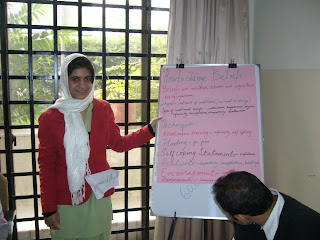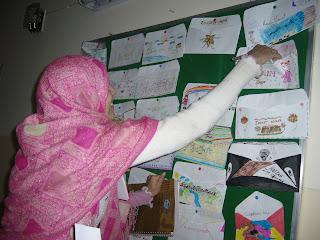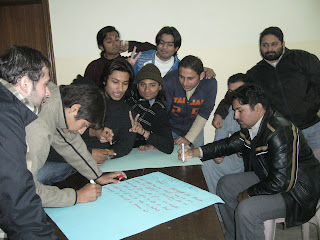Mrs. X Y Z
You can call me Mrs. X Y Z. I can't reveal my identity because of so many reasons but I would like to share my experience of recovery with others. It might help other females to get out of their shells. I know there are so many females like me wanting to quit alcohol but are unable to do so. They need to get educated and accept the concept of disease of alcoholism the way I did. I am married and a mother of two sweet children. My history of problem drinking goes back to 20 years. I started drinking at age 20 because of my husband, who was an alcoholic. Now we both are free from the disease of alcoholism. I am in recovery for more than one year now. I was 16 years old, living abroad and studying there. This was the time when I met somebody who was much older than my age. I fell in love with him and got married against my parents' will. Before getting married I knew he was heavily into drinking but for me it was acceptable or may be it was my childish thinking. I didn't know ...














